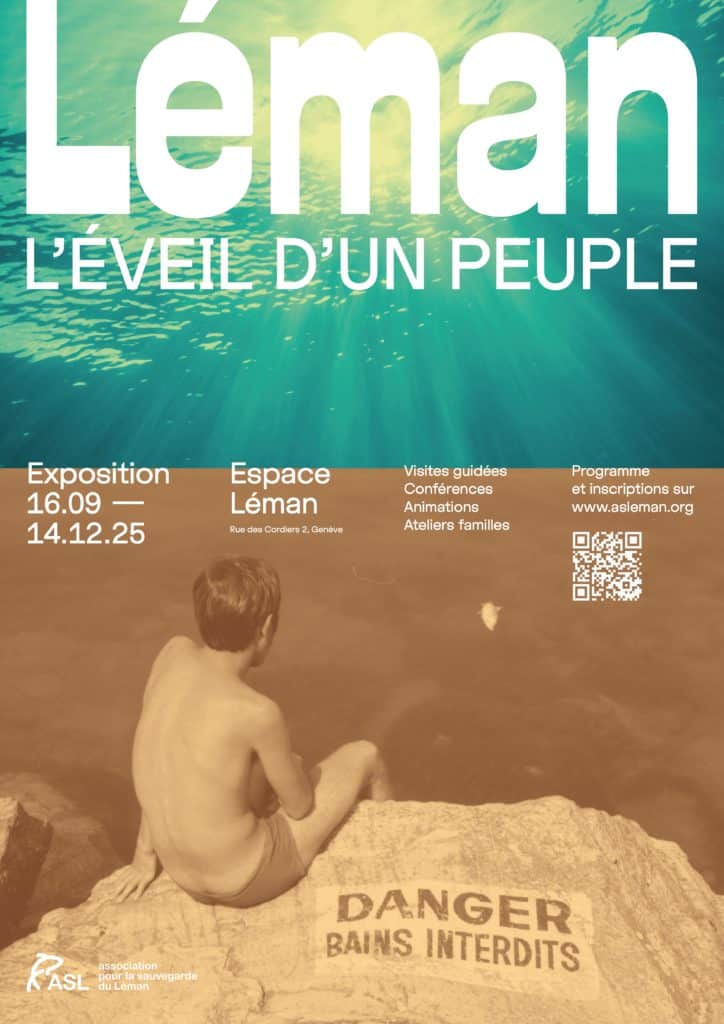The animals living at the bottom of Lake Geneva are part of the so-called 'benthic' fauna. They include molluscs, crustaceans, larvae and worms, which are generally visible to the naked eye but rather small in size.
The Anodonte is one of the largest benthic invertebrates in Lake Geneva; in fact, it is the largest freshwater shellfish, reaching up to 15cm in length.
It lives in the muddy bottom of the water, and moves (extremely slowly...) thanks to a sort of unique 'foot'. It often lives partially buried in the mud, and prefers relatively deep water to hide from predators. The species is also known as the freshwater mussel. But for the information of any interested gourmets - Anodonts tend to take on the flavour of their ... muddy habitat.
The Anodont has a beneficial relationship with the Bouvière, a fish that lives in Geneva's ponds and the Rhône. The Bouvière needs the Anodont to reproduce. The female lays her eggs in an Anodont, then the male releases his semen into the water. The Anodont sucks up the water and filters it, allowing the eggs to fertilise! They are protected from predation and supplied with oxygen. Bouvier fry leave the Anodont after 2 or 3 weeks. The Anodont larvae, in turn, disperse by attaching themselves to the fish.
Their lifespan is estimated at around 30 years, which is quite long for a benthic organism. However, this is not very long for a bivalve (a mollusc whose body is protected by two shells, such as the Anodont). Some, such as the freshwater pearl mussel, found in Canada, the United States and Russia, can live for more than 150 years!
The Anodont feeds on organic particles suspended in water, which it filters by sucking up and then discharging large quantities of water - up to 50 litres a day! In this way, it helps to purify the water by removing suspended particles of organic and inorganic origin. What's more, the Anodont is an excellent bio-indicator; it is one of the first to be affected by pollution, and the last to escape. Studying its population therefore makes it possible to monitor water quality, especially as its longevity makes it possible to study the long-term effects of certain pollutants.
Photo credit: Martin Vranken
Information : University of Neuchâtel, Maison de la Nature, Observation Data for the Recognition and Identification of Underwater Fauna and Flora (DORIS)


